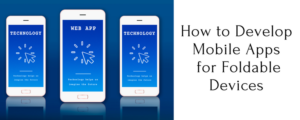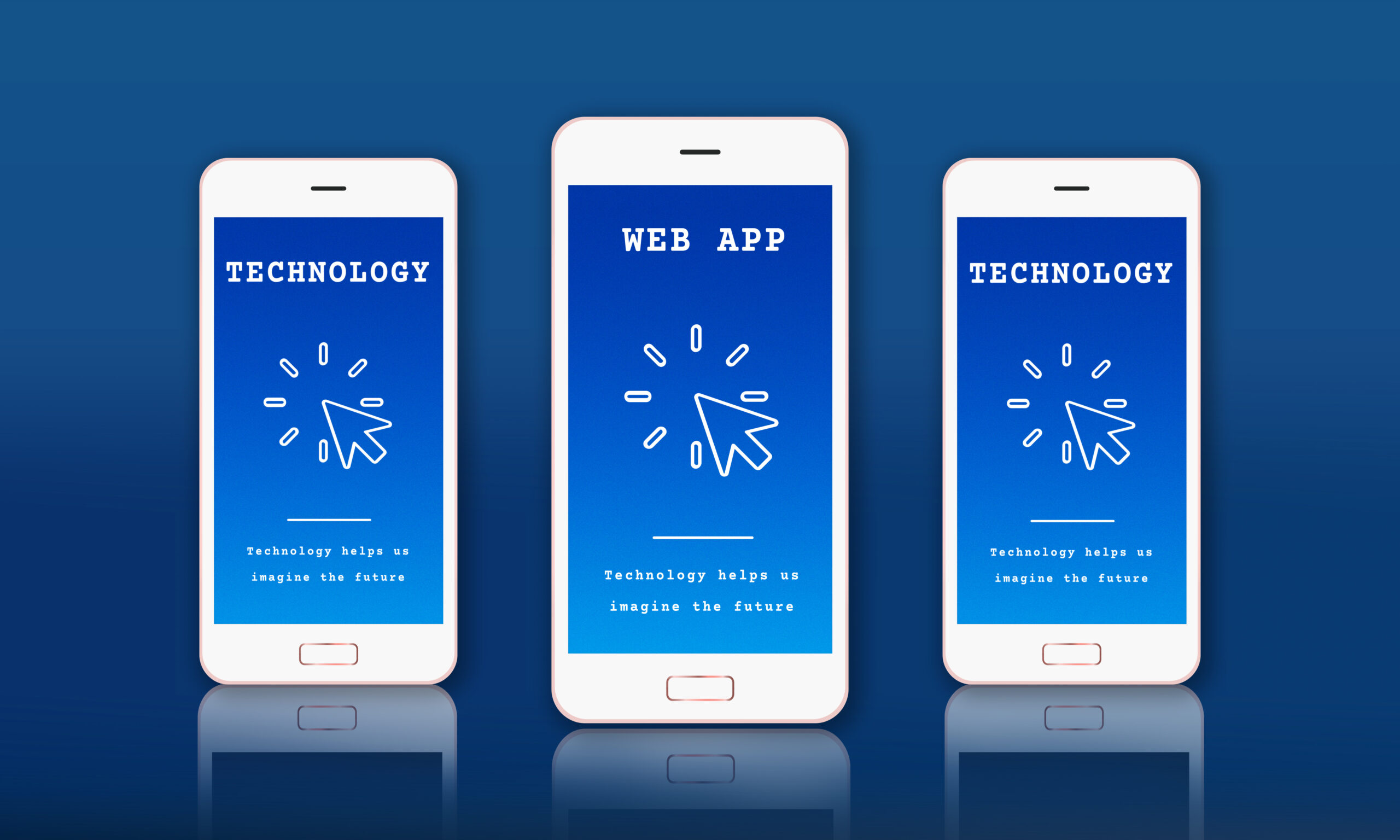One of the newest and most cutting-edge smartphone innovations to gain popularity in recent years is foldable displays. The technology enables users to enjoy a larger screen size without sacrificing a smaller phone’s portability.
The first foldable smartphone to be made accessible on a commercial scale was the Royal FlexPai, which was launched in 2018. Later, several companies followed suit and incorporated this element into their own models, including Samsung, Motorola, and Huawei.
Stats and Effect of Foldable Smartphones on Mobile Application Development
The entire phase of mobile app development for the major Android and iOS platforms has shifted as a result of the growing popularity of foldable smartphones.
According to the most recent Canalys predictions, the number of foldable smartphone sales is expected to surpass 30 million in 2024, growing at a CAGR of 53% between 2021 and 2024.
Shipments of foldable smartphones, driven by Samsung, reached 8.9 million in 2021. Despite expensive price tags, the foldable market surged by 148% year over year while the entire smartphone market only increased by 7%.
The app developers are putting in extra effort in order to accommodate the new modified screen and other functionalities of the foldable devices. App developers have to focus their minds on other challenges like app migration.
In contrast to migration, we expect that new app development won’t present as many challenges. The difficulties may change depending on the smartphone manufacturers who produce smartphones with different folding choices. Therefore, it is challenging work for the organization that develops mobile apps.
What are Users Expecting from their Smart Fold Apps?
- Expectation of premium quality
- Uncompromised performance
- Smarter accessibility
Benefits of Developing Applications for Foldable Devices
- Foldable smartphones are the greatest choice for video apps. It can guarantee higher resolution videos with greater quality.
- In comparison to ordinary smartphones, the apps for foldable smartphones can add a lot of features and functionalities.
- A larger screen size allows for the detailed content to be presented.
- The kind of obstacle we used to have when opening the calendar utilizing half of the screen will now be solved quickly, allowing us to operate on various applications more smoothly.
- Foldable devices or technology offers a chance for creative app development.

How to Develop Mobile Apps for Foldable Devices to Meet the Users Expectations?
Let’s break down the development of apps for multiple screens into three steps.
- Designs for Foldable Devices: There are four main things to think about when designing an app for a foldable device.
- Two State: Every foldable smartphone has two states: the unfolded screen and the folded screen, which are sometimes referred to as the main display and the cover display.
- Unfolded State: When a phone transforms into a tablet in its unfolded state, businesses may improve the user experience. This extra space might provide the apps greater context and incorporate supplemental activities or experiences.
- Folded State: In its folded configuration, the foldable app seems to be a typical smartphone that can be used with just one hand.
- Single-handed or Two-handed App Design: The entire experience is changed by single-handed or two-handed app design states, including how the device is held. People presently control smartphones with one hand, but when they are unfolded, they will need to use both hands. As a result, the essential UI and UX elements must be kept within the reach of the thumb and other fingers, changing the design dynamics.
- Tech Related Developments for Foldable Devices: The developers job will be divided into four steps like we discussed for designers earlier.
- Screen/App Continuity: App screen continuity refers to the idea that an app running on a foldable device should seamlessly transition from one screen state to another, as was covered in the section above. Always resume the app in the same place and condition.
- You must use dynamic resizing to develop a resizable app. This is achieved by setting resizable Activity=true. It makes sure that your programme is as adaptable to all situations and scenarios as possible. Without ensuring the proper size, configuration, and aspect ratio, the system may resize your programme if you omit this step.
- New Screen Ratios: New Screen Ratios Android versions 10 and up will support a number of different aspect ratios. The foldable form factors might be anything from an extremely long and thin screen to a 1:1 ratio. To be compatible with the devices, you must test the apps for as many different screen ratios as you can.
- Multiple Window: Google has made it common to have two apps running simultaneously. Three or more apps can now be used at once thanks to foldable technology. Drag and drop within the apps is a new feature that developers can take into account for foldable devices.
- With Android 9, only the application that is currently in focus is in the resumed state, and all other visible operations have been put to a standstill. With Android 10, things have changed. The actions continued even when the multi-window option was used. An example of this is a multi-resume.
- Multiple Display: Android displays with multiple screens are supported as of the 10th OS version and higher. Users can easily switch between displays if an app is installed on a device with multiple displays. These multiple resume possibilities are also applicable to multiple screen scenarios . A launch of an application or the creation of another activity may specify which display should be visible. The manifest file’s defined activity launch mode, along with the intent flags and choices made by the person launching the activity, determine the behavior. An activity must check the Create and Configuration Changed display when handled. When the display changes, Android app developers must update the layouts and resources.
- A developer must also take care of the following things.
- Use of a secondary screen
- Activity context vs. App context
- Display Cutouts
Conclusion
When developing apps for foldable smartphones, there are several considerations and challenges to take into account. Due to the growing popularity of foldable smartphones, designers and developers must buckle down and get ready to provide the high-quality experience that end users need.
If you want to increase the number of users for your current app or make a new one with multi-platform support like foldable devices then consider hiring the best mobile app development company that has experienced and skilled developers & designers to provide end-to-end solutions.

